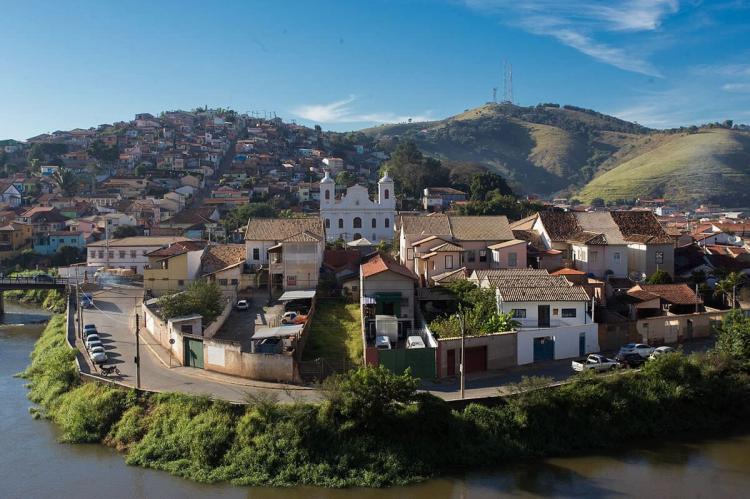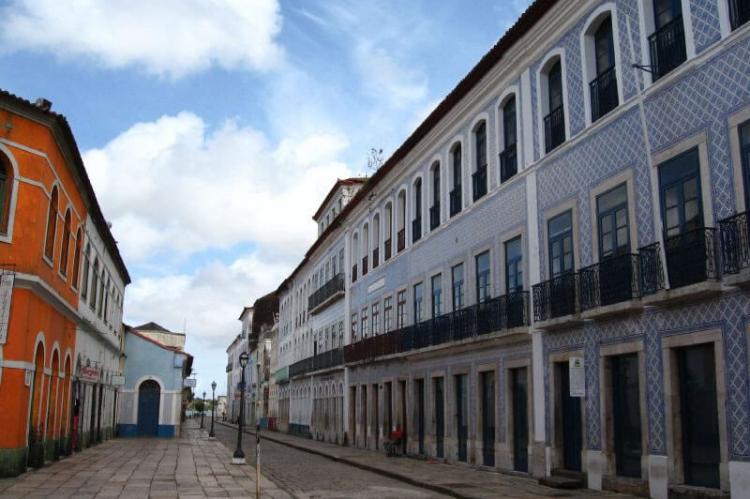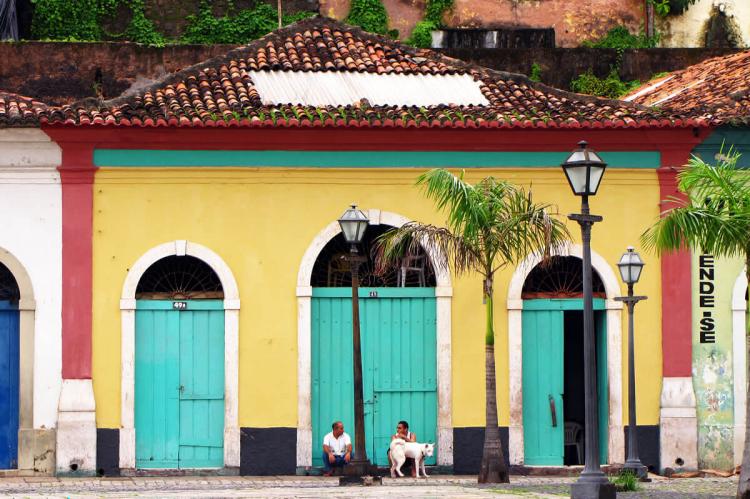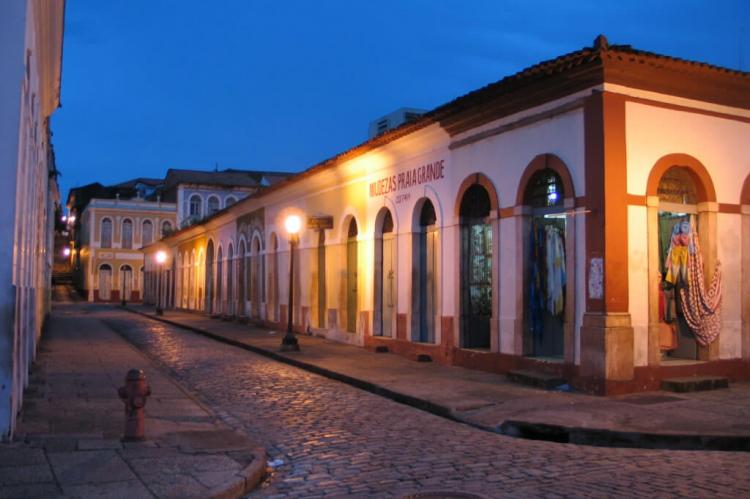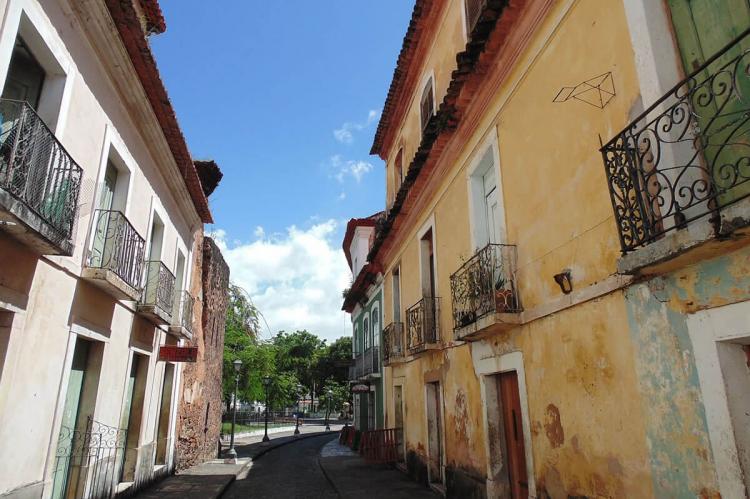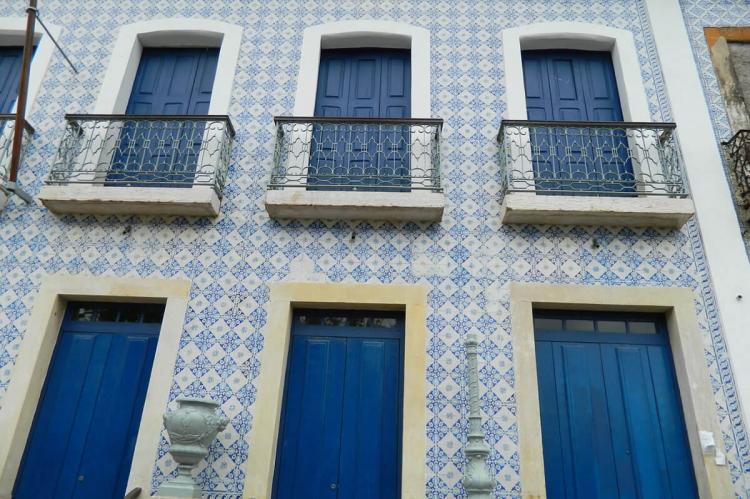Historic Center of São Luís (Brazil)
São Luís lies on the west side of São Luís Island on the Atlantic coast of northeastern Brazil. The 17th-century core of this historic town, founded by the French and occupied by the Dutch before coming under Portuguese rule, has survived, preserved as an outstanding example of an Iberian colonial town.
São Luís
São Luís lies on the west side of São Luís Island on the Atlantic coast of northeastern Brazil. São Luís Island is a long, narrow peninsula between the mouths of the Mearim and Itapicuru rivers.
The town was formerly called São Luiz do Maranhão, or simply Maranhão. Today it is the capital and largest city of the Brazilian state of Maranhão. The city proper is home to over 1.2 million people, and the metropolitan area ranks as the 15th largest in Brazil.
Initially, the town was a large village of the Tupinambá tribe. The first Europeans to settle it were the French. The town was founded in 1612 by Daniel de la Touche de la Ravardière, a French naval officer who named it in Louis XIII's honor.
São Luís was captured in 1615 by the Portuguese, and from 1641 to 1644, it was held by the Dutch. In 1677, the city was made the seat of the new Roman Catholic Diocese of São Luís do Maranhão.
In the mid-1800s, the region started to provide cotton to Great Britain. The wealth generated by this activity was used to modernize the city. The city came to be the third most populous city in the country.
Today, São Luís has the most extensive and best-preserved colonial Portuguese architecture of all Latin America. The island is known as the "Island of Love" and "the Brazilian Athens" due to its many poets and writers.
Historic Center of São Luís
The Historic Center of São Luís, the late 17th-century core of this historic Brazilian town, has entirely preserved the original rectangular street plan. It was named a UNESCO World Heritage Site in 1997.
Thanks to economic stagnation in the early 20th century, an exceptional number of fine historic buildings have survived, making this an outstanding example of an Iberian colonial town.
The town is characterized by its urban grid of streets lined with residential buildings of various heights, many with tiled roofs, painted ornamented cornices, tall narrow windows set in decorated surrounds and balconies with forged or cast iron railings. They date from the 1615 plan laid out by Portugal's chief engineer in Brazil, following the conquest of the fort established on the site by the French in 1612.
The Historic Center of São Luís is an example of a Portuguese colonial town adapted to the climatic conditions of equatorial South America. Many buildings, such as the Palace of Justice, preserve much of the Portuguese colonial atmosphere.
